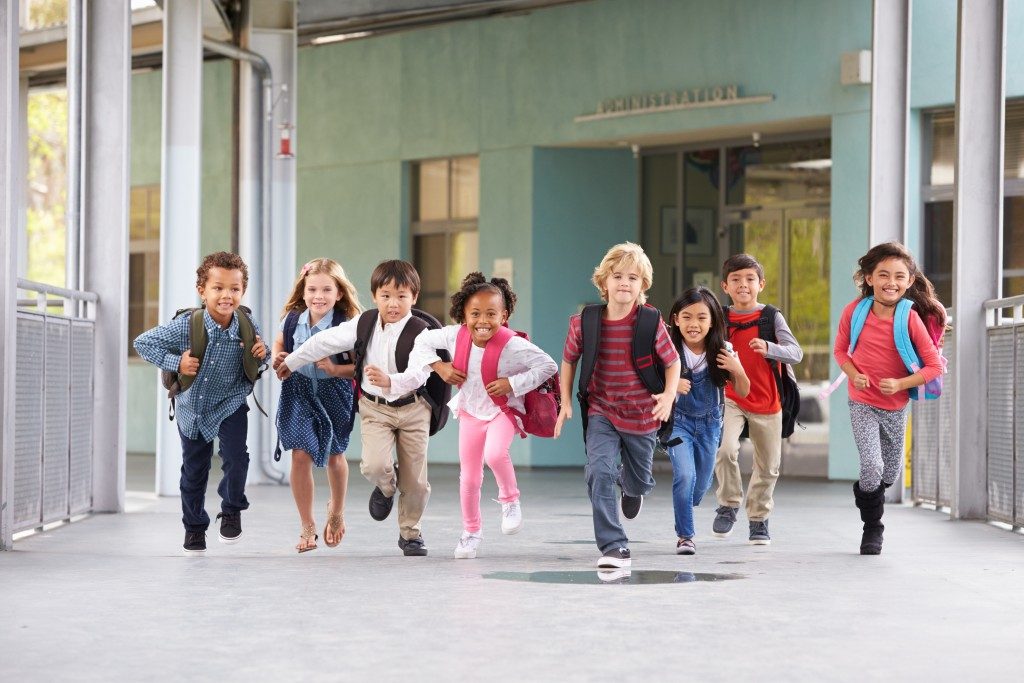If you ask your students what their favorite part of the day in school is, more than half of them, perhaps, all of them will say: recess. Who wouldn’t want to take a break from math lessons and break free from the classroom, right? Well… a lot of schools in UK don’t. Or at least, they don’t pay much attention to break time. Some institutions are allotting less time for recess. Most teachers don’t see the value in it, as compared to having the students listen in class and answer math problem sets. But the thing is, playtime is as vital as lecture time. If you want your students to achieve academic success, you should revisit and improve recess. Here’s why:
It improves thinking
Play in children counts as exercise. And there’s plenty of research saying that physical activity can improve brain function. One study says that exercises that get the heart pumping fast can increase the size of the hippocampus, the region of the brain responsible for verbal memory and learning. Simple activities, like jogging and walking, can help in this. So, it may seem like running around the playground is just a petty child’s play for you, but to children, it’s a brain booster that can help them be more focused on your next math problem sets. Make sure then to allot enough time during recess. Remember, kids will have to eat as well during this period. The best way to know how long your students need for a break, experiment on different durations. Conduct surveys among students after your test-drive, so you can make adjustments in your next.
It reduces stress
There’s a reason recess is also called break time — it’s precisely to give students a break from class, from information overload, from stress. That downtime is necessary to allow kids’ brain to recharge and get ready for the next lessons. But beyond the aspect of unwinding though, recess also lets students take advantage of the stress-relieving powers of nature. They get to take in the fresh air, soak up some vitamin D from the sun, and use their five senses. All these can put them in a good mood, the state of mind and feeling conducive for learning. So encourage students to take advantage of the quick R & R from recess. You may want to include bean bags, floor pillows, or decorative mats in your outdoor shelters to improve the stress-reducing mood better.
It promotes social skills

Given enough time for recess, kids will have more opportunities in building relationships with peers. They’ll be able to meet different kinds of personalities outside the context of learning. They’ll learn how to make small talk at the cafeteria, understand turn-taking as they climb monkey bars, negotiate differences, and resolve conflicts. As they build rapport with peers, they become more at ease with the community. They feel like they belong. This sense of emotional security contributes to better academic performance, as kids experience a level of comfort that allows them to voice their opinions in class, behave and not be judged, and just basically be themselves. Strive then to create more social opportunities for students, not only by extending recess duration but also by building spaces for interaction. For instance, invest in outdoor shelters for schools and scatter them throughout the campus. These informal spaces promote chit-chats among students.
Revisit Recess Time
Never underestimate the power of break time in schools. It may look like some non-sense play to you. But to kids’ development and academic performance, it makes a lot of impact.

